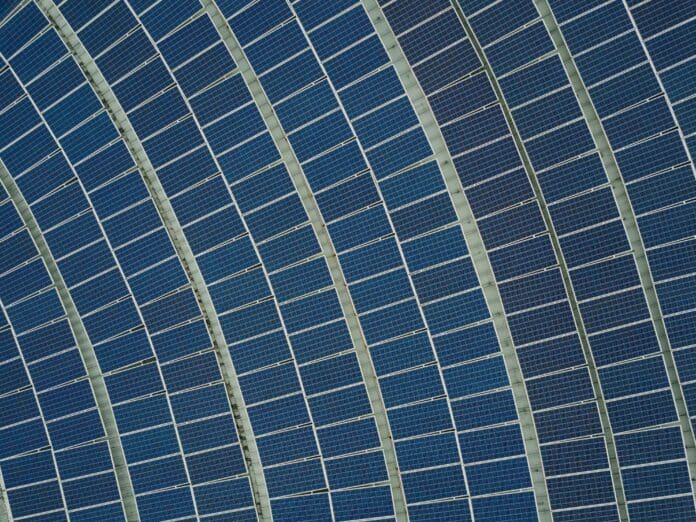This post is also available in:
 עברית (Hebrew)
עברית (Hebrew)
A new study by the U.S. Department of Energy’s National Renewable Energy Laboratory (NREL) has unveiled the immense potential of floating solar panels on government-managed reservoirs. The study estimates that these reservoirs could generate enough solar energy to power approximately 100 million U.S. homes every year.
The report indicates that if each reservoir were to be fully equipped with floating solar panels, they could produce up to 1,476 terawatt hours of energy per year. This projection represents the maximum potential output, showing the scale of what could be achieved through large-scale floating solar installations. However, even under more cautious estimates, the reservoirs could host projects capable of generating up to 77,000 megawatts.
The study aims to improve planning for solar projects on U.S. reservoirs, providing developers with better information on which locations would be most suitable for floating solar panels. As NREL points out in a statement, this data can help researchers and energy planners assess how these technologies fit into broader energy goals, such as increasing solar capacity and meeting national renewable energy targets.
FPV systems offer several advantages over traditional solar panels, including higher efficiency due to cooling effects from water. However, large-scale FPV projects, especially on reservoirs, are still rare, with no U.S. project surpassing 10 megawatts so far, the statement explains.
The study highlights the potential of hydropower reservoirs, which are seen as ideal locations for hybrid energy systems combining solar and hydropower. This pairing could provide a reliable energy source, especially in times of drought, when hydropower reservoirs experience lower water levels.
While challenges like water currents and ice remain, researchers are optimistic about the future of floating solar panels. They plan to further investigate factors such as transmission proximity, costs, and environmental impacts, and to explore additional sites like smaller reservoirs and estuaries for future development.
The full details of the study can be found in the journal Solar Energy.


























